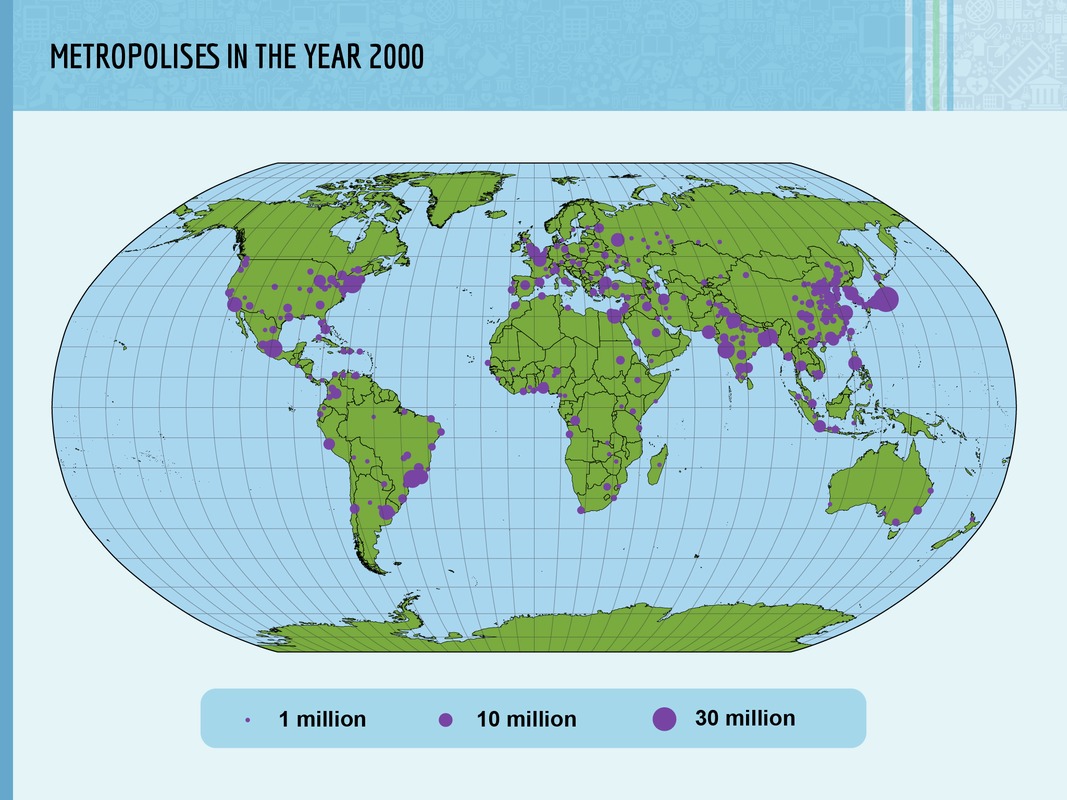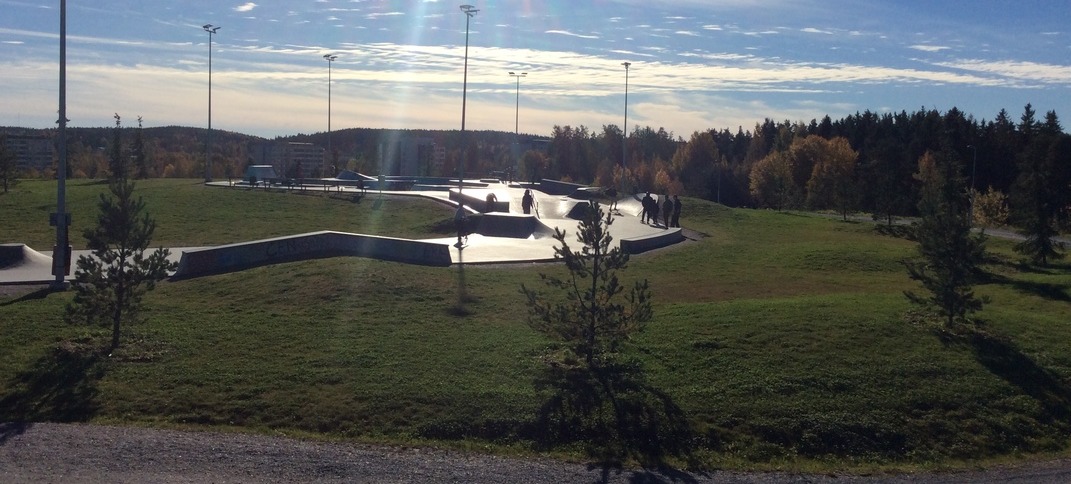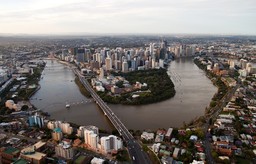6. Urbanization
Contents
What do you think?
6.1 Urbanization is a global phenomenon

Lights indicate where the largest cities on Earth are located.
The population of planet Earth is nearing 8 billion, and a large part of this population is concentrated in cities. One modern estimate suggests that approximately 4 billion people, half of Earth's total population, lives in cities or other urban areas. Urbanization is fast especially in many Asian and African nations, as people move from the countryside to the city for jobs and to gain a higher quality of living. However, a great majority of these people end up in the slum regions on the outskirts of large cities.
Cities with over a million inhabitants are called metroplises. As a result of urbanization, nearby metropolises can connect with each other and form large megalopolises. The BosWash region in the eastern United States (between Boston and Washington) is an example of such a chain of metropolises.
Nowadays, there are over 400 metropolises in the world. The number of metropolises is steadily growing as a result of population flow from the countryside to the cities, especially in developing nations.
Megacities are cities or metropolitan areas with a population of over 10 million. There are over 20 such megacities on the planet. The number of megacities is estimated to double by the end of the 2020s. Almost one tenth of Earth's total population is concentrated in these large metropolitan areas.
The growth of modern cities began in the latter half of the 18th century, when jobs created by industry lured people from the countryside to settle in large European cities. The growing urban population also required services, which in turn attracted other people to move from rural to urban areas. As a result, cities began to grow at a rapid rate. At the beginning of this process, the quality of living in European cities was quite low. However, this began to ameliorate as urban construction became more tightly regulated and healthcare systems improved.
Urbanization has taken place at a different rate in various parts of the world. It became a global phenomenon only in the latter half of the 20th century.
6.2 What is urbanization?
 Urbanization is a term that does not only mean the population growth and expansion of urban areas. Urbanization also comprises the processes through which the lifestyles and economic structures of populations become more urban.
Urbanization is a term that does not only mean the population growth and expansion of urban areas. Urbanization also comprises the processes through which the lifestyles and economic structures of populations become more urban.
As modernization progresses, jobs in the industrial and service sectors become more common. This takes place at the expense of agricultural jobs available in rural areas. When the balance between the amount of jobs available in these different sectors changes, the economic structure of a population becomes more city-focused.
The lifestyle of urban populations is visible in the large amounts of pedestrian and vehicle traffic on the streets of metropolises at rush hour. Compared to life in rural areas, life in cities is distributed more evenly throughout all 24 hours of the day.

The photograph below shows the densely populated area of Manhattan in southern New York. It is characterized by its harbor and tall scyscrapers. A bridge connects Manhattan with Brooklyn.
6.3 Urban growth in developing nations
In developing countries, the process of urbanization began considerably later than it did in industrial nations. While industrial nations experienced the beginnings of their urbanization already in the 18th century, in some developing nations the process only began during the 1950s. The rate of urbanization has also been significantly more rapid in developing nations than it has been in industrial nations.
The late beginning and rapid rate of urbanization in developing countries has resulted in unmanageable city growth. The developing nations are home to a large number of metropolises. The rapid process of urbanization has had many negative side effects. These include high rates of urban decay, crime and unemployment, as well as pollution and waste problems.
Can you find a police officer trying to control the flow of traffic from the video? Mumbai, India.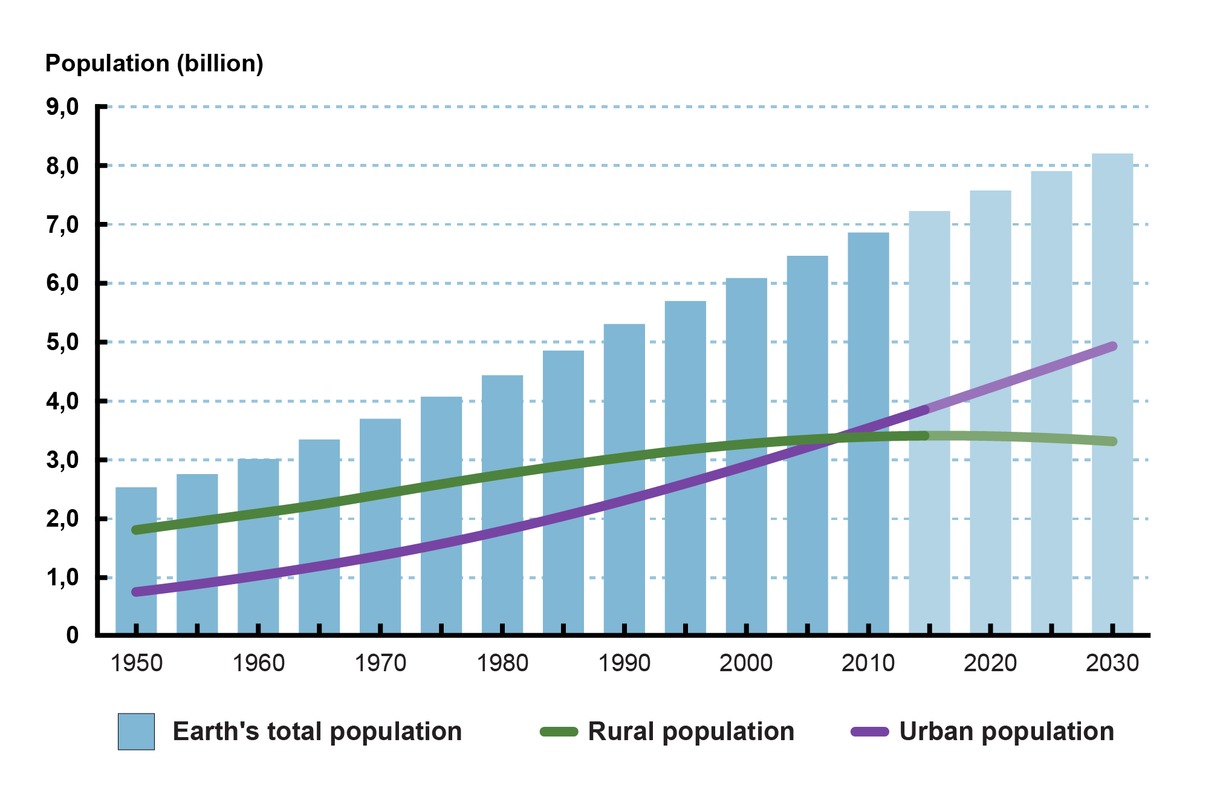
The development of the planet's urban and rural populations between the years 1950 and 2030.
Urban decay is one of the negative side effects of rapid urbanization in developing nations. As people move to the cities in large numbers, not everyone is able to obtain a proper home or employment. Often these people will end up in the poor, badly managed areas with thousands of others who are in the same situation as them. These slums on the outskirts of large cities often have exceptionally cramped living conditions and no access to electricity or running water. These conditions are ideal for the spread of diseases and criminal activity.
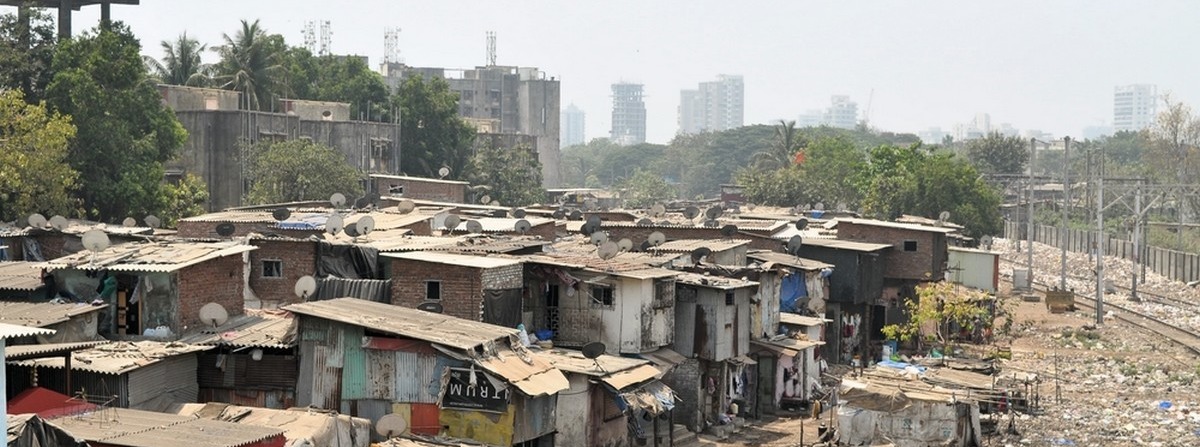
Slums have formed on the outskirts of various large cities in the developing nations. India.
The urbanization of developing countries is caused by the lack of employment in rural areas. This is often combined with a high birth rate, which further increases the demand for jobs. Livelihoods in rural areas are also threatened by droughts and famines, which lead to people searching for a better quality of living from the cities. Natural disasters and wars have also contributed to the poor living conditions in the rural areas of developing nations. Cities also attract people from the rural areas around them. Cities provide better opportunities for employment and education in rural areas.
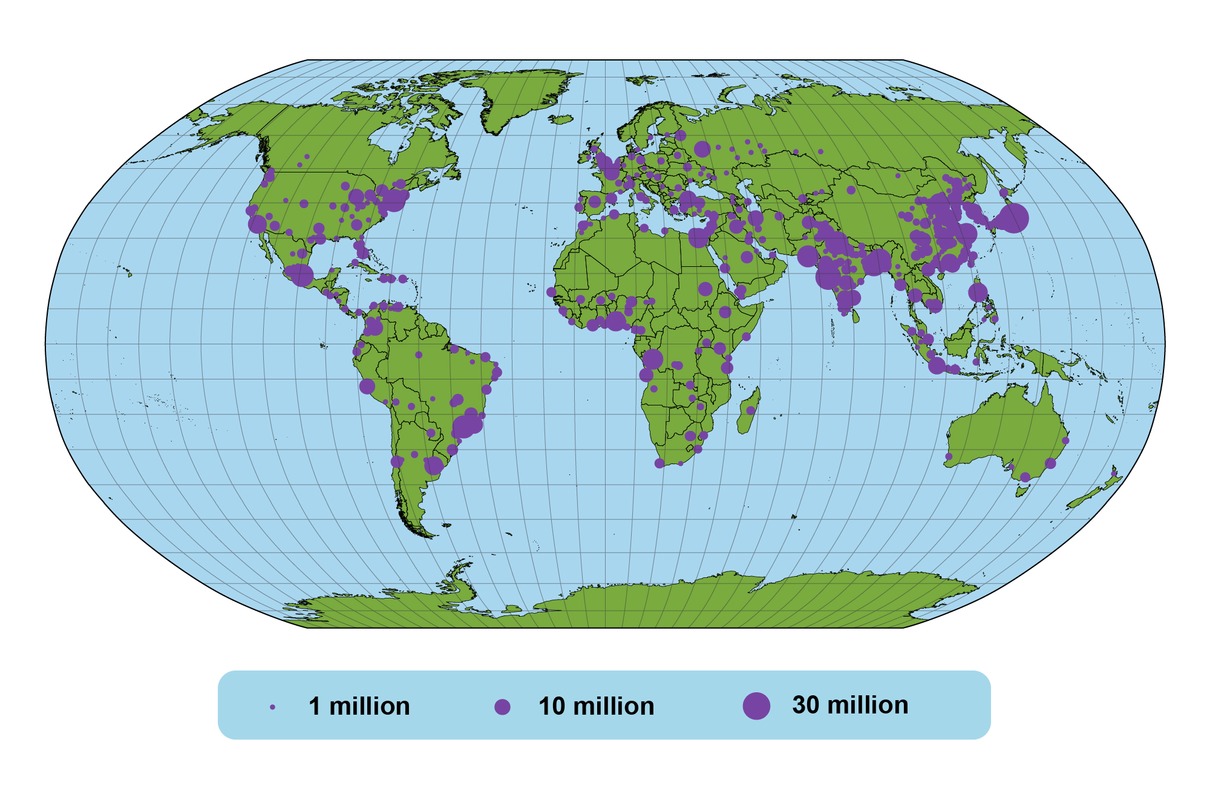
A prediction of the planet's metropolises in the year 2050.
6.4 Urbanization has its benefits
Urbanization also has its benefits. As cities grow, their structure becomes more dense and rigid. When distances between jobs, housing, and services become shorter, they become more accessible. In addition, the various forms of public transportation help to make movement in cities more frictionless. For example, the subways or metros of large cities take care of a large chunk of their commuter traffic.
Cities also provide a large variety of services and recreational activities. Many modern cities offer specialized areas, such as parks, for recreational use. The shopping centers of large cities provide many necessary services. Educational establishments, such as different universities and institutes, attract people from rural areas and smaller cities into metropolises. All in all, the services provided by large cities are more comprehensive than those of the surrounding rural areas.
Cities are also the centers of business. Large cities have concentrated workforces of highly educated people, which provide new thoughts and innovations for commercial use.
6.5 Cities from around the world
6.6 An example of a metropolis: New York
Summary
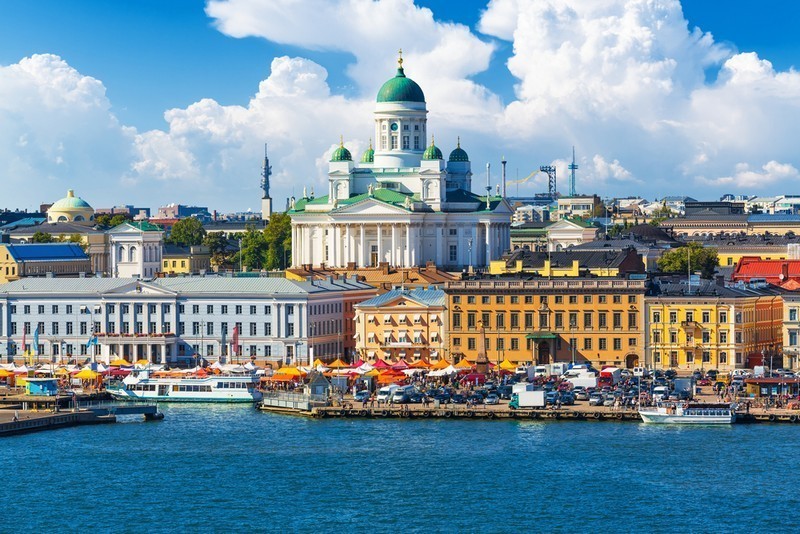 The growth of modern cities began in Europe in the latter half of the 18th century. The urbanization of developing countries began properly only during the 1950s.
The growth of modern cities began in Europe in the latter half of the 18th century. The urbanization of developing countries began properly only during the 1950s.- Approximately 4 billion people live in cities around the world.
- Cities grow into metropolises, megacities, and megalopolises.
- Uncontrolled urbanization has had various negative side effects, such as urban decay, unemployment, crime, and increased pollution.
- Urbanization also has its benefits. Cities provide a large number of jobs and services.
- Key words: urbanization, metropolis, megalopolis, economic structure, slum, services.
